Introduction: Why Choosing the Right Foundation Shade is Crucial
Choosing the right foundation shade isn’t just about matching your face to a color—it’s about enhancing your natural beauty. It’s a game-changer when it comes to makeup, as the right shade can make your complexion look radiant and even, while the wrong one can leave you looking like you’re wearing a mask. But finding your perfect shade isn’t always easy. With so many tones, undertones, and foundation types to choose from, where do you even begin?
In this guide, we’ll walk you through everything you need to know to choose the ideal foundation shade, from understanding your skin tone and undertone to testing and blending techniques that will help you create a flawless finish.
Understanding Skin Undertones
What Are Skin Undertones?
Your skin tone refers to the natural color of your skin’s surface—whether it’s light, medium, or dark. On the other hand, your undertone is the subtle hue beneath your skin’s surface that gives your skin its overall tone. Think of it as the color that influences your complexion, even though it’s not directly visible.
Cool Undertones
Cool undertones are often described as pink, red, or blue in appearance. If you have cool undertones, you’ll notice that your skin may have a pinkish or bluish tint, especially around your cheeks and the tips of your fingers. People with cool undertones tend to look best in foundations with a slightly pink or blue base.
Warm Undertones
Warm undertones, as the name suggests, are characterized by yellow, peach, or golden hues. If your skin has a warm undertone, your complexion might appear more olive or golden, and you may notice that gold jewelry suits you better than silver. Foundations with a golden or yellow base work best for those with warm undertones.
Neutral Undertones
Neutral undertones are a perfect mix of both cool and warm hues. If you have neutral undertones, your skin will not lean too much toward pink or yellow but will instead have a balanced undertone. This type of undertone can wear a wide range of foundation shades, as they have the flexibility to go between cool and warm tones.
How to Determine Your Skin Tone
Why Skin Tone Matters for Foundation Selection
Understanding your skin tone is crucial because it serves as the foundation for finding the right foundation shade. Whether you have fair, medium, or deep skin, your tone will guide you in selecting a product that matches your complexion. It’s essential to know how to determine your skin tone correctly.
Pale or Fair Skin
If you have fair or pale skin, your foundation will likely have to be quite light. The key here is to avoid too-dark shades that can create an unnatural contrast. Look for shades labeled “porcelain,” “ivory,” or “fair,” and lean toward foundations that have neutral to pink undertones to match the lighter tones in your complexion.
Medium Skin
Medium skin tones are typically more versatile and can wear a variety of shades. You might fall under olive, tan, or golden hues. For medium skin, foundations that are labeled “medium beige” or “honey” are ideal. Be sure to check the undertones—neutral or yellow-based foundations work best for those with warm undertones, while cool undertones will look great with shades that have pink or red bases.
Deep Skin
If you have deep skin, you’ll need a foundation that complements your rich and dark complexion. Look for shades with a deep, dark base—“espresso,” “cocoa,” or “chocolate” are typically good indicators. Foundations with a red or golden undertone tend to work well for deep skin tones, while cooler undertones may need foundations with a more neutral base.
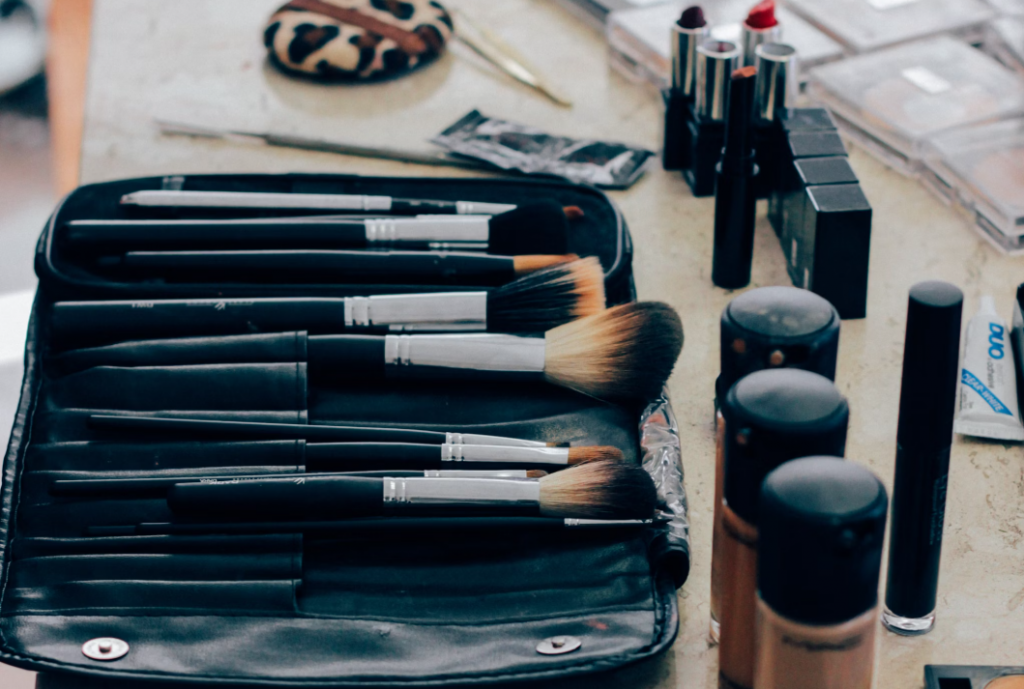
Foundation Types and Their Importance
Liquid Foundation
Liquid foundations are probably the most popular option, known for their smooth application and wide range of shades. They offer buildable coverage and come in a variety of finishes, including matte, satin, and dewy. Liquid foundations are ideal for most skin types, but be cautious about your skin’s oil levels if you have oily skin, as they may cause shine throughout the day.
Powder Foundation
Powder foundations are lighter than liquid options and provide a matte finish. They’re perfect for people with oily skin or those who prefer a more natural, lightweight look. While they can be more forgiving, they might not offer as much coverage as liquid foundations, so choose wisely if you need a heavier base.
Stick Foundation
Stick foundations are convenient and provide full coverage in an easy-to-use, portable form. They’re perfect for on-the-go use, and their creamy texture blends easily into the skin. Stick foundations are great for dry or combination skin, as they tend to be more hydrating.
Testing Foundation Shades
How to Test Foundations for the Best Match
One of the most important steps in choosing the right foundation shade is testing it. The key is to find a shade that blends seamlessly with your neck and jawline, as your face may be a different color from your body.
Testing on Your Jawline
Your jawline is one of the best places to test foundations. This area gives a true representation of your natural complexion and is the easiest way to check if a shade matches your overall skin tone. Swipe a few shades across your jawline and blend. The one that disappears into your skin is the best match.
Swatching on Your Neck
Sometimes, testing on your neck can give an even better idea of how the foundation will look with the rest of your skin. Swatch a few shades on your neck and see which one blends naturally with your body. This is especially useful if your face tends to be a different color than your neck.
Common Mistakes to Avoid
Avoiding Overly Light or Dark Shades
A common mistake people make when choosing a foundation shade is picking one that is either too light or too dark. Always test shades in natural light to avoid the artificial lighting that may make you think a shade is a perfect match when it isn’t. A shade that is too light can make you look washed out, while one that’s too dark can leave a harsh line at your jaw.
Choosing the Wrong Undertone
Choosing the wrong undertone can lead to an uneven or unnatural look. For instance, wearing a cool-toned foundation when you have warm undertones can create a jarring contrast that is difficult to fix. Be sure to pay attention to both the color and undertone of the foundation to achieve a flawless result.
How to Blend Foundation Perfectly
Achieving a Flawless Look with Your Foundation
Once you’ve found your perfect foundation shade, the next step is blending it perfectly for a seamless, natural finish. Whether you use a brush, sponge, or your fingers, the goal is to blend the foundation into your skin, not just apply it on top.
Tools for Blending Foundation
Each tool—whether a beauty sponge, brush, or your fingers—offers a different finish. Beauty sponges give a dewy, flawless look, while brushes offer more coverage. Fingers are great for warming up the product and applying it quickly. Choose the tool that best suits your desired outcome.
Conclusion: Final Thoughts on Finding Your Perfect Shade
Finding the perfect foundation shade is a blend of understanding your skin’s undertone, tone, and choosing the right product for your skin type. With the right tools, the correct shade, and some patience, you can achieve a flawless complexion. Remember that testing is key—swatch, blend, and experiment until you find the perfect match!
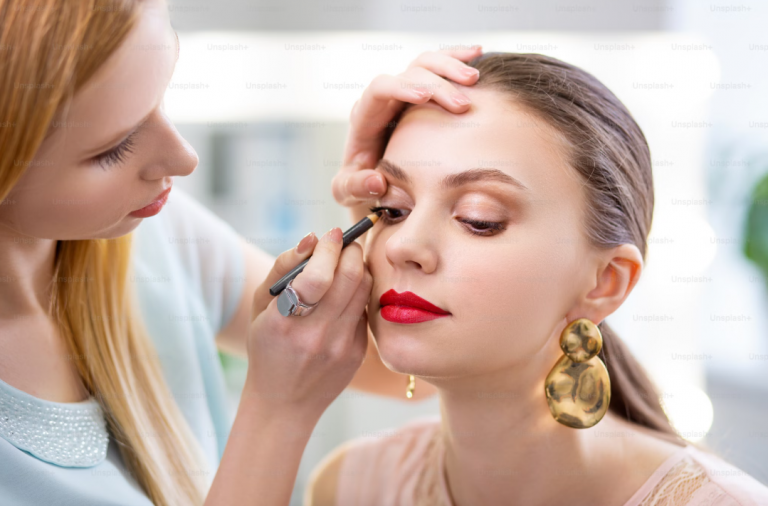
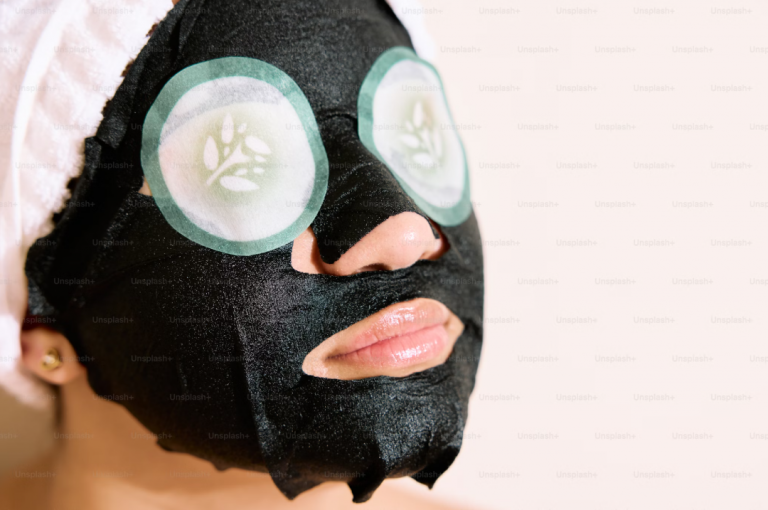



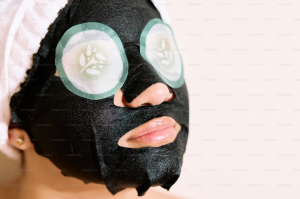



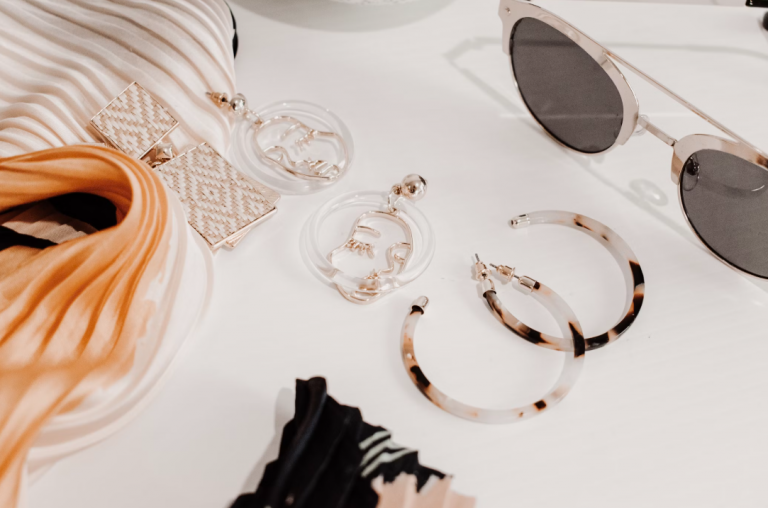


+ There are no comments
Add yours